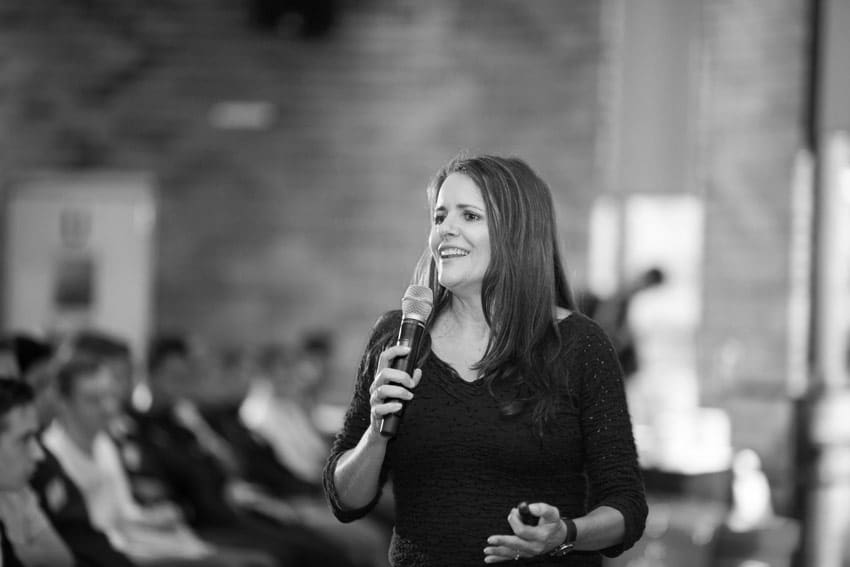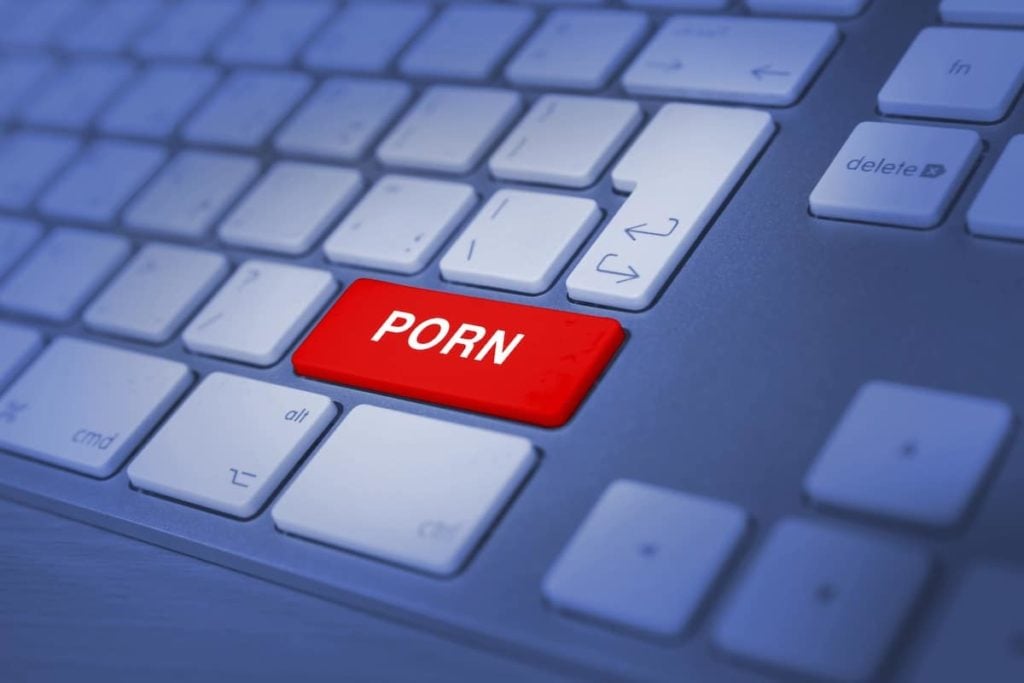
Today’s generation of children are guinea pigs in a never-before-seen experiment on their sexual development. With the average age of first exposure to porn being just 11, kids are discovering porn before they have even had their first kiss. Their sexual templates are being shaped by violent pornographic acts which are a mere click away.
Latest figures reveal most Australian children are subjected to porn before they leave school.
They are being exposed while searching for their favourite cartoon character, playing online games marketed to children or just putting innocent terms into search engines.
It’s not a matter of if my child will see porn, but when.
Educators, child welfare groups, mental health bodies, medicos and parents are struggling to deal with the proliferation of porn-themed imagery and its impacts on the most vulnerable – children whose sexuality is still under construction.
Through exposure to porn, our children are receiving distorted ideas about bodies, sex and relationships. How will they will be able to form healthy respect-based relationships in future when pornography is their formative environment?
So what can you do if your child is subjected to porn?

10 things to do after your kids see porn:
- Pause. Breathe. Remain calm; anger and shock on your part will only increase your child’s sense of shame. Give yourself time to settle before responding. Your child hasn’t done anything wrong, but the porn industry certainly has. Reserve your anger for it!
- Plan time to talk. This is an opportunity to have an important discussion and to connect with your young person in their time of need. This is your chance to protect and empower your child.
- When ready, explain that seeing ‘bad pictures’ is very common but also very harmful. If you discover something on their phone or lap top/family computer, tell them what you saw. If they have voluntarily revealed it, ask them to describe it. What were they doing at the time? Who were they with? Was it accidental or deliberate? Was there an online chat? Who showed it to them? This should not be an interrogation, but rather a conversation where you are trying to get more information to help and guide your child.
- Ask them how they felt about it and how they are feeling now? Curious, fascinated, excited, guilty, uncomfortable, worried, distressed, disgusted, or all at the same time. Be sure they know that they cannot control their own gut responses.
- Practical action will now include ensuring there is security and filtering software on all devices, and regularly monitoring online activity (to ensure your child’s wellbeing, not as a punishment or lack of trust) and your child’s mood. If porn was accessed through school or on another child’s device at school, alert staff. They have a duty of care to protect children from this material.
- Get professional help if use has become compulsive or if your child is anxious or distressed. Your GP will be able to recommend an appropriate psychologist or counsellor. Other avenues include school counsellors, mental health services, or online. There are people who will help, so keep looking until you find the right person.
- Explore resources to help your child: counselling, books, camps, rites of passage programs, websites etc. I highly recommend two new books ‘How to talk to your children about pornography’ and ‘Good Pictures, Bad Pictures’ which are available through my website.
- Look at strategies to increase resilience in your child. Get outdoors. Spend time with them. Encourage them to take up healthy activities and engage in causes that they care about. This will help them feel good about themselves and act as a buffer between them and harmful cultural messaging. When I speak with young adults who have overcome years of compulsive porn use, they said it was being intentional about finding something positive to do every time they were tempted to use porn that helped them break the power of it.
- Give the power to your child! Pornography is a big problem, but they can be part of the solution. They can be rebels against the system, refusing to fall for the porn industry’s counterfeit sexuality. Help kids understand sexuality as emotional, psychological and social qualities, and that pornography will never show them what healthy relationships look like and will hijack good relationships in future.
- Get involved in the movement for cultural change! Of course, I have to say: sign up to Collective Shout: for a world free of sexploitation, https://www.collectiveshout.org/a growing movement of concerned individuals pressing for change to our hyper-sexualised world – for the sake of our young people and for all of us.
*Some of this advice is drawn from resistporn.og Visit resistporn.org for further parent resources. https://resistporn.org/
Next time in Connect – What girls tell me: How can we build better young men?
Read Why You Need to Talk About Porn – Part 1 and for more information or to purchase a copy of Melinda’s latest books go to melindatankardreist.com.
Melinda Tankard Reist is an author, speaker, media commentator, blogger and advocate for women and girls. She is best known for her work addressing sexualisation, objectification, the harms of pornography, sexual exploitation, trafficking and violence against women. An opinion writer, Melinda is also a regular on morning television and has appeared on ABC’s Q&A and The Gruen sessions as well as many other TV and radio programs.
She is co-founder of the grassroots campaigning movement, Collective Shout: for a world free of sexploitation, exposing corporations, advertisers and marketers who objectify women and sexualise girls to sell products and services. She is a senior lecturer in the Centre for Culture and Ethics, Notre Dame University, Sydney.
